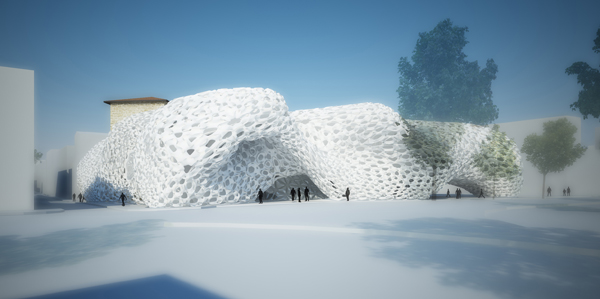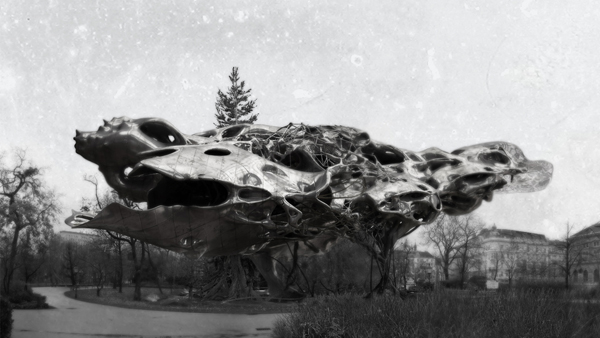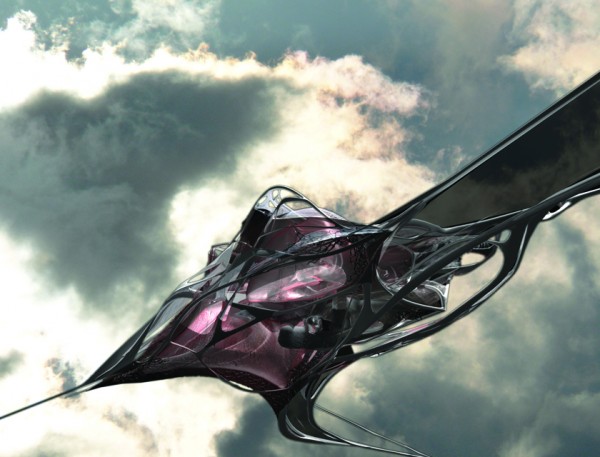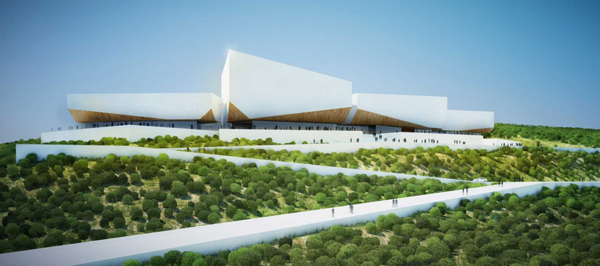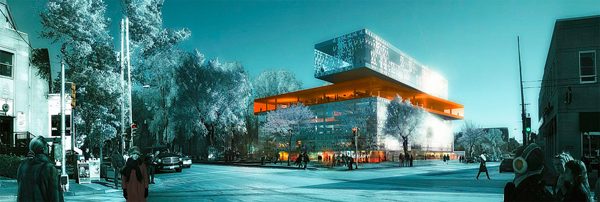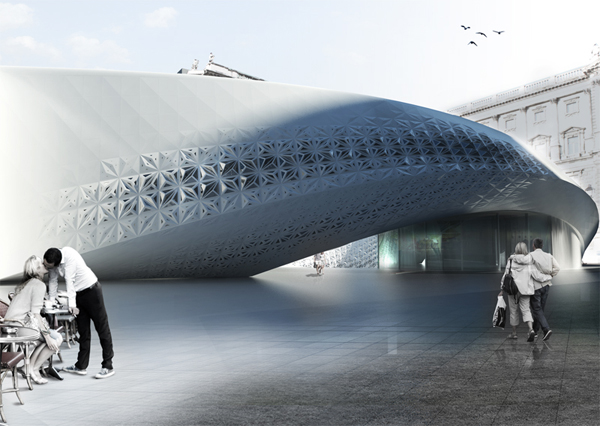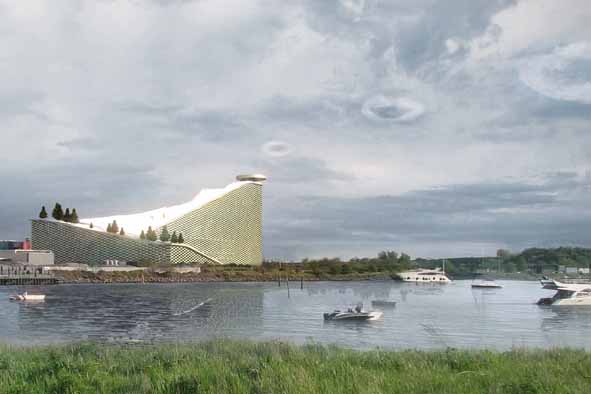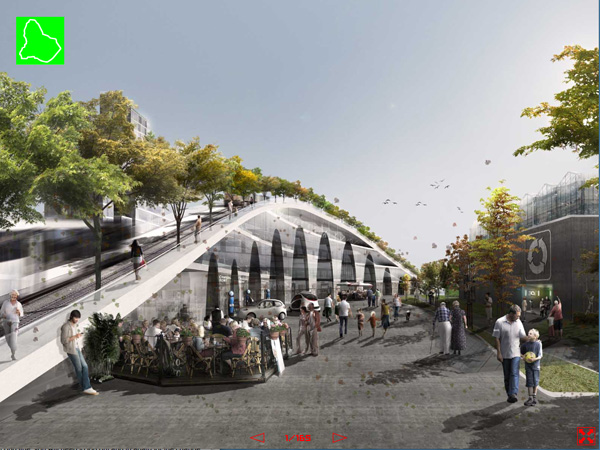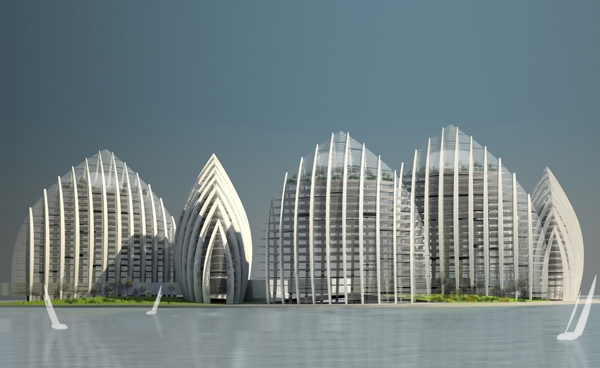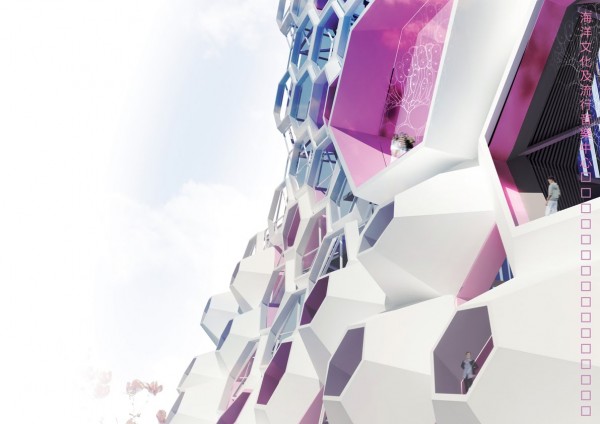The project is a proposal by Italian architect Tommaso Casucci for the new library of the school of architecture, located at the limit of the old town of Florence. It is part of a renovation plan of a large area used until recent times as convent and later penitentiary. Pre-existing spaces are converted in archive, the new addition provide study areas, meeting spaces, auditorium, exhibition spaces in a continuous varying experience.
The project explore the emergent qualities derived from surfaces modulation in an intensive fields, aiming to equilibrium states of program, structure and function trough morphodynamical processes. Form, structure, function and decoration are emergent qualities of the same coherent system strictly related to his environment.
At a global scale the system explore how the modulation of isosurfaces, based on intensive field from site analysis data, can achieve highly differentiated spaces and performative structures. The research uses a generative methodology to test multiple solutions based on the same process from which was selected the one that represent the best compromise between structural performance, program and connections. Read the rest of this entry »

